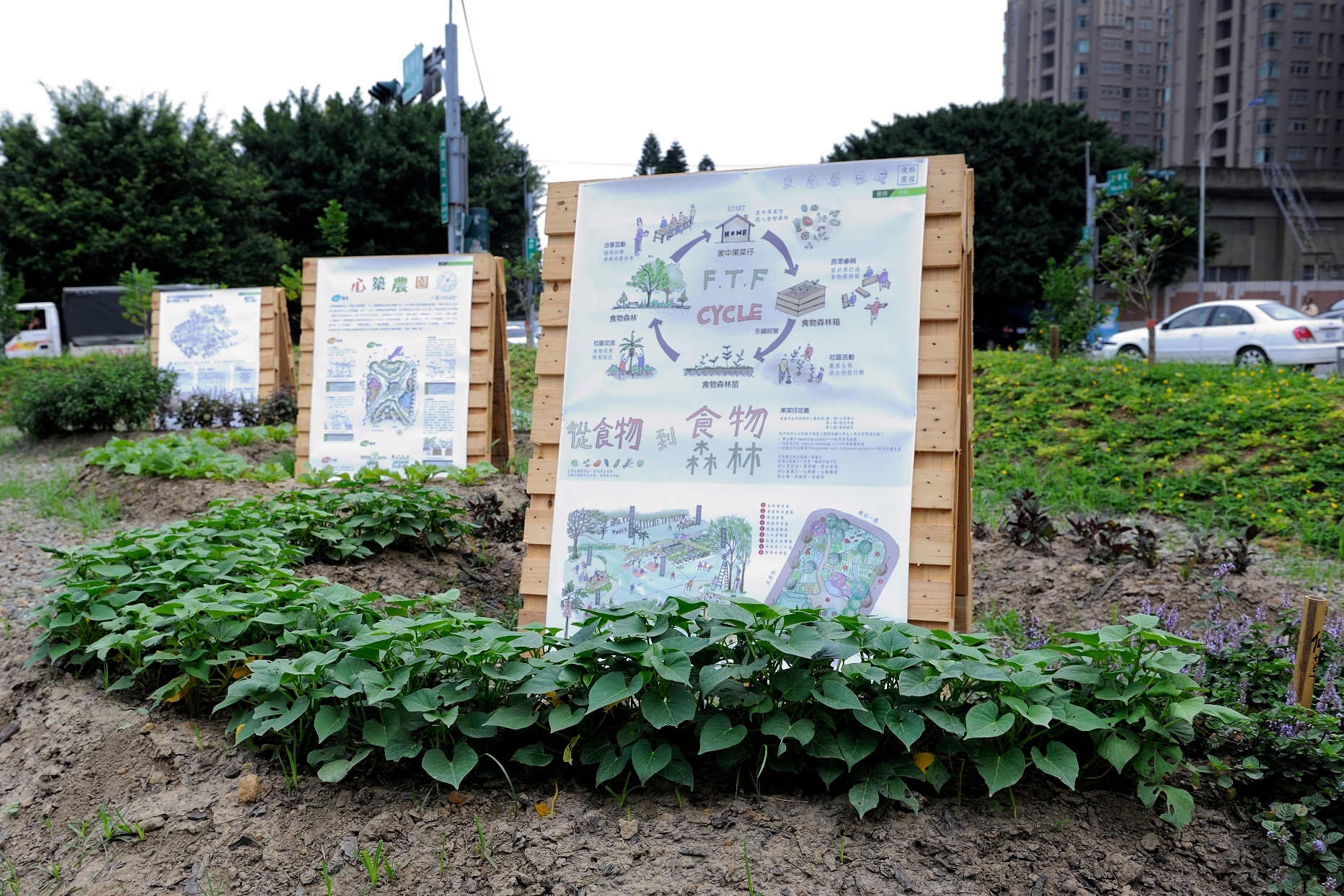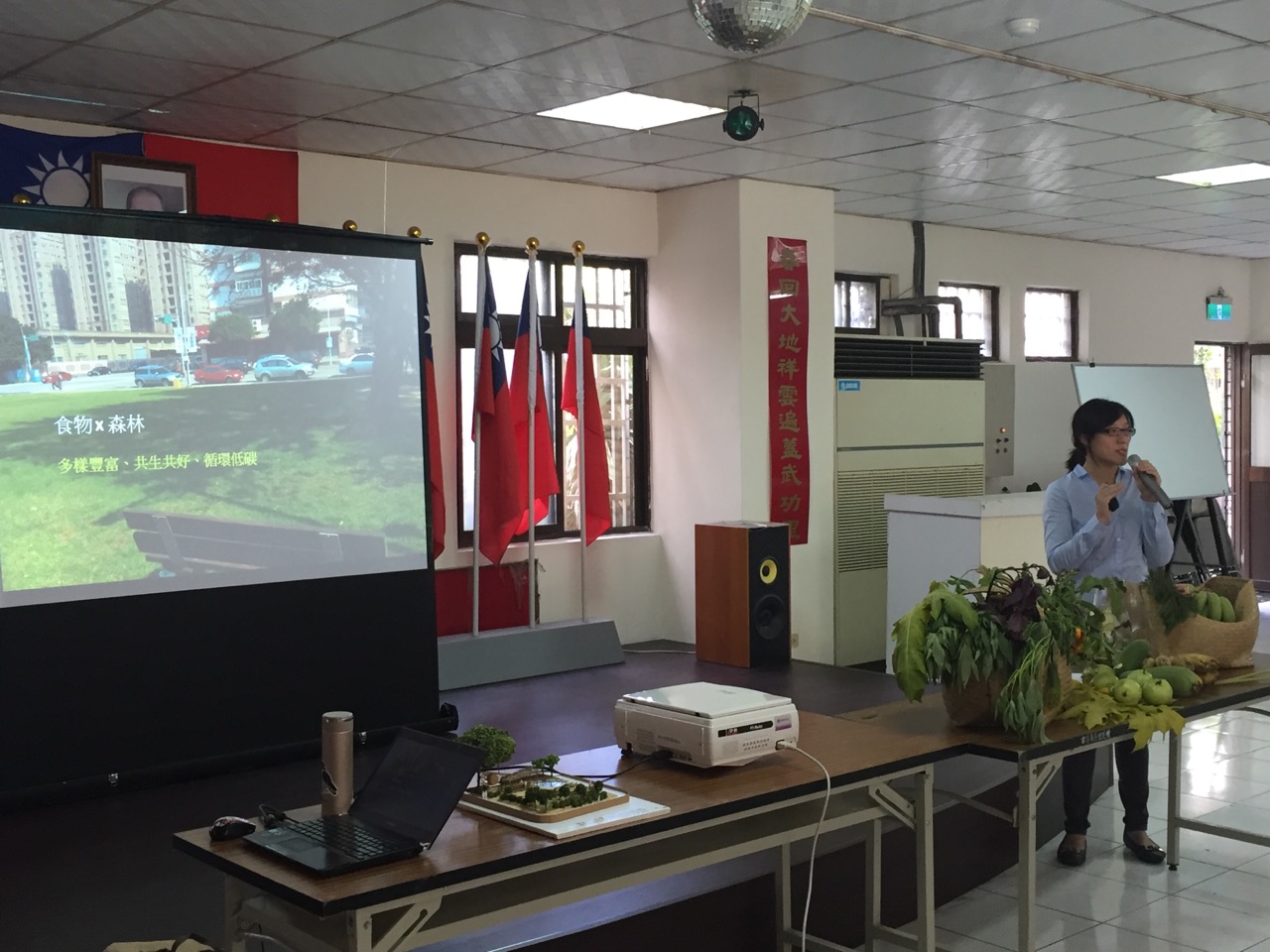


Hsinchu Food Forest is a result of an open and participatory process between the municipality and several stakeholders of the city, like local residents, community groups, city agencies, schools, and even those that might not initially like the idea of an urban food forest. In order to assure public participation and support, it is essential to make every step of building the food forest an open and participatory process. We held over 30 hours of talks to educate local and surrounding communities the idea of a food forest, we even invited the co-founders of the Beacon Food Forest to share their experience with the municipal government and communities, which was a big help in getting the official to say yes. We also held a competition to collect people’s idea on the design of the site, and later asked a landscape designer to combine the ideas of the winning groups. We kept a close relationship with the managing official and local communities (and media) to make sure that the stakeholders would be informed of the latest progress of the food forest, and to modify the design in a timely manner when someone came up with concerns that had been neglected, such as people might trip and fall into the pond at night. We added a short hedgerow and lighting to prevent such possibilities.
1. A group with strong incentives to carry out the project that can negotiate with different stakeholders and take the responsibility.
2. An open and positive attitude when facing obstacles and different opinions.
3. Full and clear understanding of the project, potential obstacles and other information by every stakeholder.
4. Support from every stakeholder/community member. This is critical when the project is on public land.
5. Participatory design: the community must be also consulted and engaged in the design of the site.
The support of the landowner, especially when it is the municipal government, is very important in making this project is sustainable, as it helps face many challenges and bring legitimacy to the project. During the process, one will definitely face different opinions or stumble upon behavioral problems, sometimes reasonable and sometimes not. For example, many of the suggestions brought out by the local elders were against the “care for the earth” or “fair share” concept, such as wanting to use pesticides to alleviate pest problems, or keeping people they don’t like from participating in the food forest. While keeping an open and positive attitude and trying to make everyone equal and happy, we found it hard to enforce the code of conduct as we are not officials nor local residents. This is when the municipal government could play their part in coordinating conflicts and making the final judgment. Note that this might not be the case if the project is happening in other cultural settings.